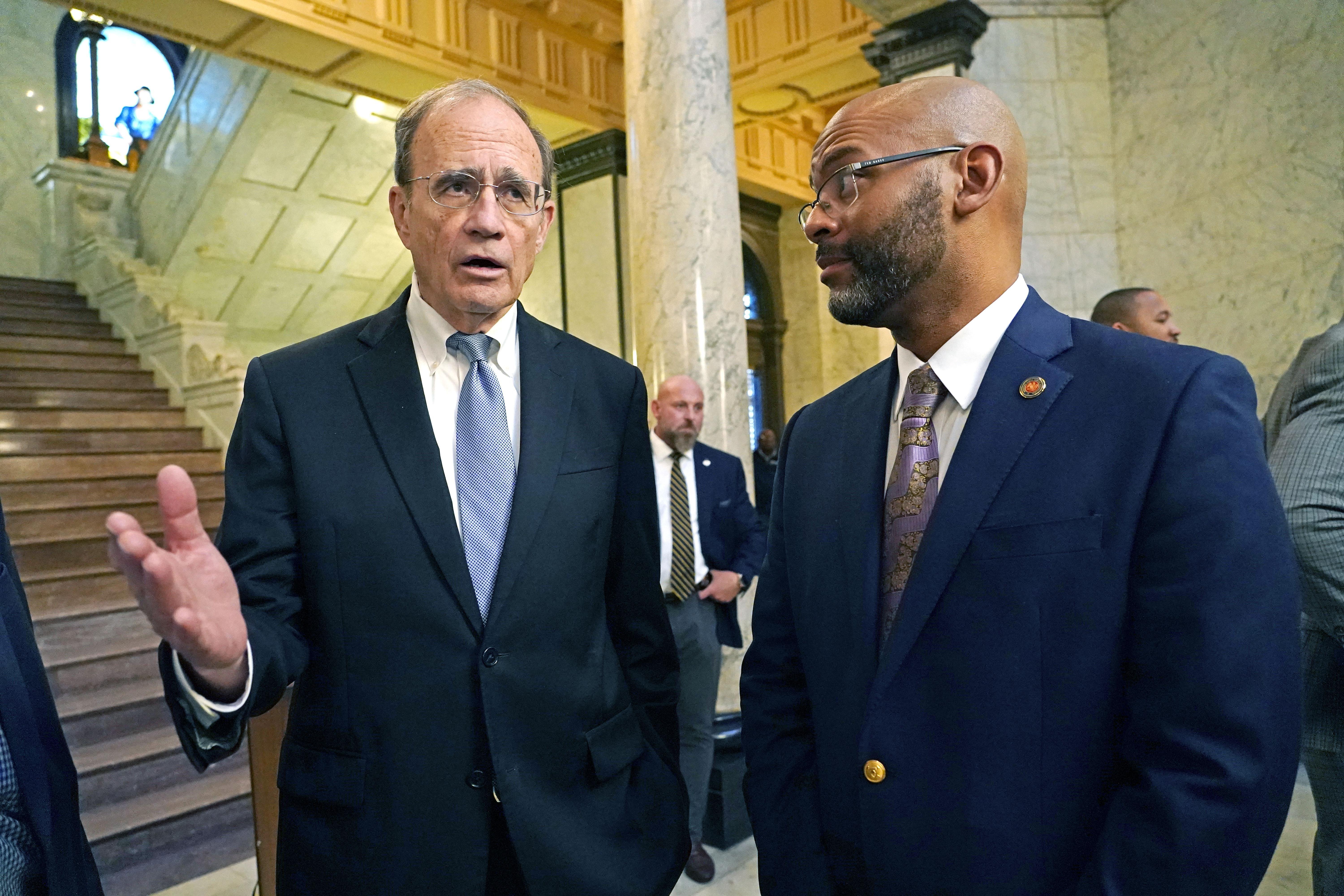The legislature approved the incentives in less than eight hours during a special session. Afterwards, Lieutenant Governor Delbert Hosemann celebrated the project as a win for the entire state.
"We didn't get lucky today. The State of Mississippi earned this," Hoseman exclaimed at a press conference in the Capitol rotunda. "We're going to celebrate today as we should. But, Monday morning, we go back to practice and this is not going to be the only game we win."
The project represents by far the largest capital investment in state history, and Amazon's second largest in North America.
Democratic Senator John Horhn says this investment from AWS is an opportunity for the state to reinvent itself as a place the technology sector can grow and prosper.
"The jobs that are going to be created, the technology that's going to be brought in, the training that's going to be delivered represents a watershed moment in Mississippi's history," said Horhn. "This could be called the deal of the century for our state."
State incentives for the project include $44 million dollars, most of which will go toward job training programs, and tax breaks, including a ten-year corporate income tax exemption.
Both chambers passed the bills authorizing those incentives with little debate. The only amendment proposed came from House Minority Leader Robert Johnson, which was tabled by the Republican majority. The amendment would have required 25 percent of contracts for the centers' construction to go to Mississippi-based companies.
"A company that's that cash rich - the least we could do is make sure that we ensure that Mississippi contractors are guaranteed," Johnson explained. "At least a piece of that pie."
Major infrastructure improvements are needed to support the centers. Haley Fisackerly, chief executive officer of Entergy, which provides power to much of the state, says he estimates his company will spend between $2-3 billion to build up capacity in the state's power grid. This will include building multiple new solar and natural gas power plants.
Fisackerly adds, "they're paying their share of the load here and bringing the investments we need to modernize our grid and generations. We have low cost, reliable energy and the capability to make the investments to meet their needs. And this legislation allows us to do that quickly."
The data centers are projected to be at least partially open by 2027 and provide 1,000 new jobs.




